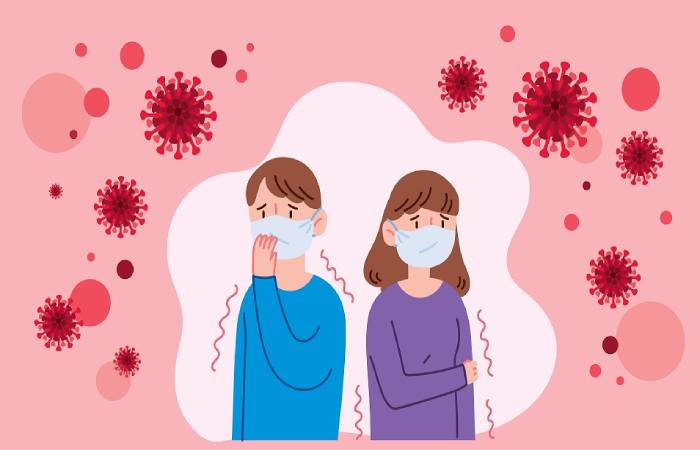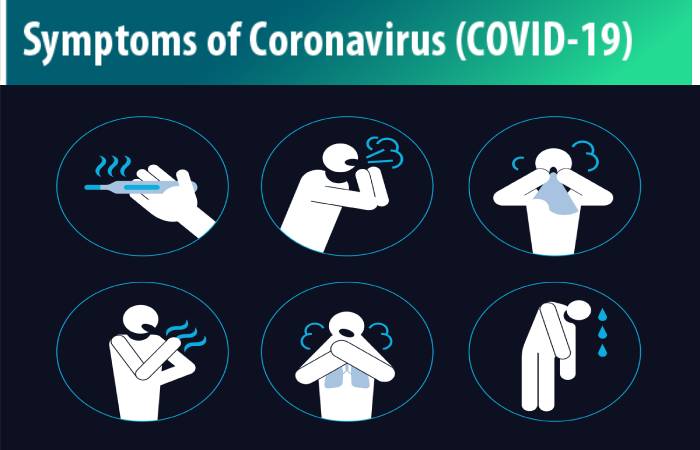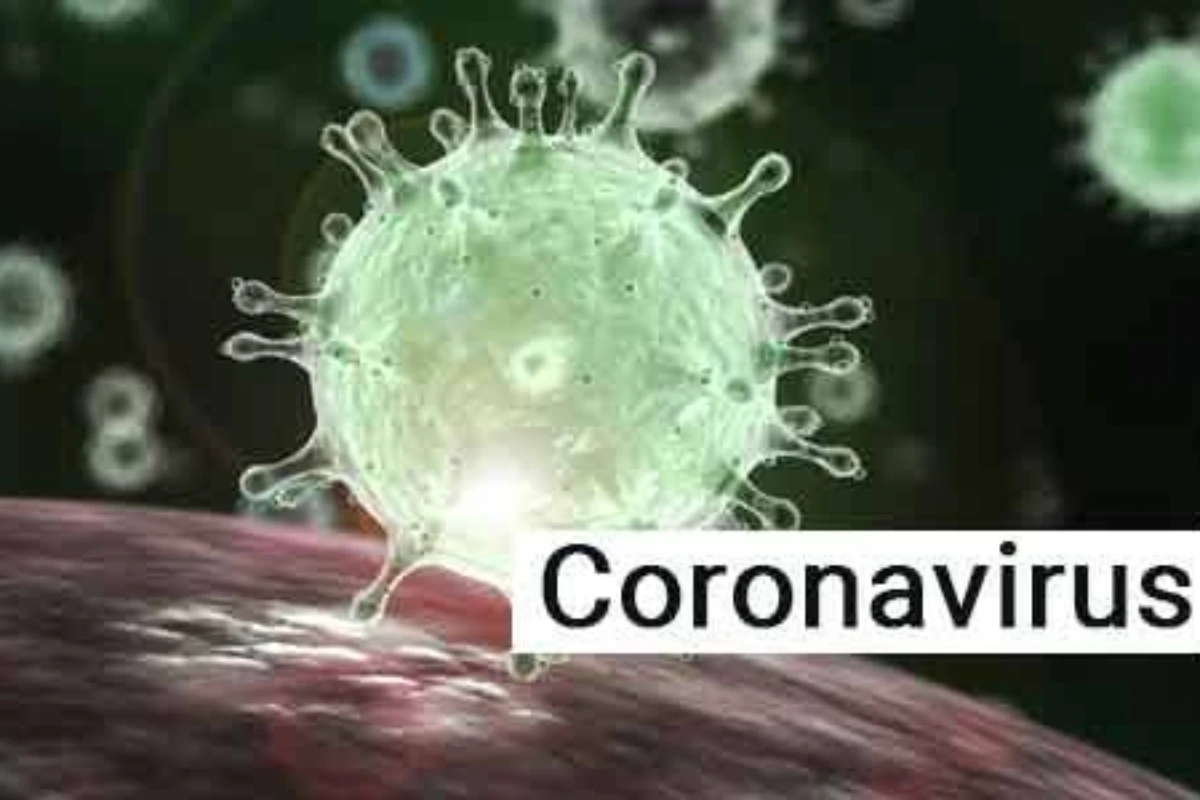The coronavirus is a family of diseases that generally affect only animals. Some of them also can be transmitted from animals to people, causing respiratory problems that mainly produce mild symptoms.
Several coronaviruses cause respiratory infections that can range from the common cold to more severe illnesses such as the Middle East respiratory syndrome (MERS), identified in 2012, and severe acute respiratory syndrome (SARS), which first appeared. And only time in 2002.
The coronavirus is a new type of coronavirus that can affect people and first detected in December 2019 in Wuhan City, Hubei Province, China. Mainly, in 80% of cases, it only produces mild respiratory symptoms.
The pandemic evolves very quickly along with the knowledge of this virus. It was completely unknown at the beginning of 2020, but the scientific community has isolated it, sequence it, identify it, and develop tests for its diagnosis. As with a new epidemic, some unknowns will resolve as the epidemic evolves and as scientists better understand the virus.
Table of Contents
How is the Coronavirus Transmitted?

Current data indicate that the virus is spread primarily by respiratory droplets between people who are in close contact. These particles have different sizes from the largest, ‘respiratory droplets’, to the smallest, called ‘aerosols’.
1. Man Standing Coughing
- Respiratory droplets generate by the cough or sneeze of a sick person. These secretions infect another person if they come in direct contact with the nose, eyes, or mouth.
- Therefore, it is crucial to cover your mouth tissues or the inside of your elbow when coughing and wash your hands frequently.
- This type of contagion is more likely if someone is in close contact (less than 1 meter away) with an infected person.
2. Aerosols
- Aerosol transmission can occur especially indoors, where there are many people and poorly ventilated.
- Suppose people infect for a long time in these spaces. In that case, these respiratory droplets, called aerosols.
- It can remain in the environment and infect other people in the same room, even if they are not so close to the infected people.
- This can happen in gatherings of friends or family, restaurants, gym classes, offices, or other places.
- If a mask not uses, the capacity is not limited, or the necessary ventilation carries out. More studies are happening to understand better the conditions under which aerosol transmission occurs.
3. Surfaces
- The virus can also spread when infected people sneeze, cough or touch surfaces or objects such as tables, chairs, doorknobs etc.
- Other people can become infected by touching these contaminated surfaces and then touching their eyes, nose, or mouth without first washing their hands.
4. Two People Talking Separated by an Arrow
- Airborne transmission over detachments greater than one or two meters seems unlikely in open or closed spaces, provided they are well ventilated, and the mask is worn.
5. Calendar
- The incubation time is 5 to 7 days but can be as long as 14 days.
Symptoms of Coronavirus

In general, the main symptoms of coronavirus infections can be as follows. It will depend on the type of coronavirus and the severity of the condition:
- Cough.
- Sore throat.
- Fever.
- Difficulty breathing (dyspnea).
- Headache.
- Damage to the sense of smell and taste.
- Manifestations on the skin as chilblains on the hands and feet (especially in children and adolescents) urticaria with and without itching or erythema multiforme.
- Alterations in the palms of the hands and the soles of the feet. They characterise by a burning sensation and redness that sometimes also produces flaking or the appearance of characteristic spots.
- Chills and general malaise.
- Nasal obstruction, discharge, and drip.
- Problems of the speech.
- Difficulties are moving.
- Muscle pain (myalgia)
- Covid tongue: Increase in the size of the tongue and other lingual lesions, such as depopulated areas – smoother – and, consequently, indentations on the edge of the language.
- The clinical spectrum of this type of infection varies from the absence of symptoms to mild or acute respiratory symptoms.
- This typology usually presents with cough, fever and respiratory difficulties. Pneumonia is common, and in the case of MERS, gastrointestinal symptoms, especially diarrhoea, may also occur.
- As with the influenza virus, the most severe symptoms (and the highest mortality) are registered both in older people and in those with immunosuppression or chronic diseases such as diabetes, some types of cancer, or chronic lung disease.
- In the most straightforward cases, they can cause respiratory failure.
- The Covid-19 pandemic has found that a substantial percentage of infected people have mild symptoms or are asymptomatic.
- Even the latter are transmitters of the virus, which is one reason for the significant expansion of the pandemic.
Prevention of Coronavirus
- Vaccines are already available to prevent infection by the SARS-CoV-2 coronavirus, which began to administer to the most at-risk population in late 2020.
- The first commercialized vaccines were those of the University of Oxford-AstraZeneca, Pfizer-BioNTech and Moderna.
- Along with developing drugs and vaccines, knowing how a pathogen transmit is essential to establish prevention measures. Coronaviruses are airborne viruses.
- They spread via the respiratory tract through droplets produced by carriers when they cough, sneeze or speak.
- There is increasing scientific evidence that airborne transmission of the new coronavirus can also occur through aerosols.
- Secretions contain viral particles that can reach nearby people or settle on nearby objects and surfaces. If someone touches these surfaces and then puts their hands to their own eyes, nose or mouth, the pathogen finds a way to enter the body.
- It has found that the SARS-CoV-2 coronavirus can survive on various surfaces for several hours (copper, cardboard) and even a few days (plastic, stainless steel).
- However, it must be taken into account that the amount of viable virus decreases with time and that it is not always present on these surfaces in a sufficient quantity to cause infection.
Conclusion
At this point, there is no vaccine to defend against the novel coronavirus, also known as SARS-CoV-2. There are also no particular medications approved to treat the symptoms of COVID-19.
However, researchers about the world are at work hard to develop potential vaccines and conduct. There’s an emerging indication that some medications may have the potential to luxury the symptoms of COVID-19.
More large-scale testing is needed to determine whether these movements are safe. Clinical trials for these drugs might take several months.


